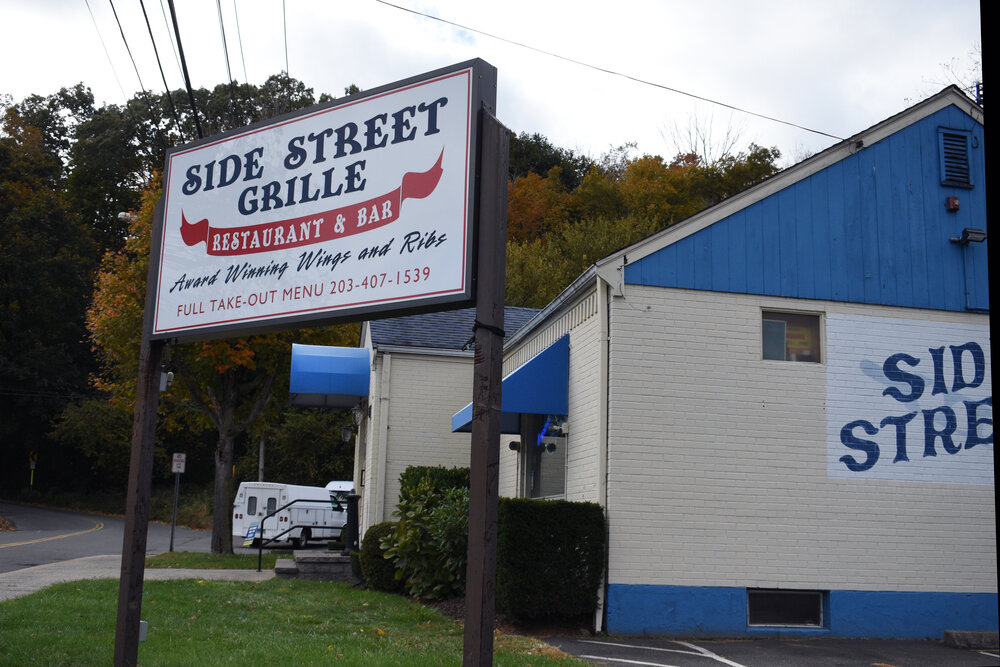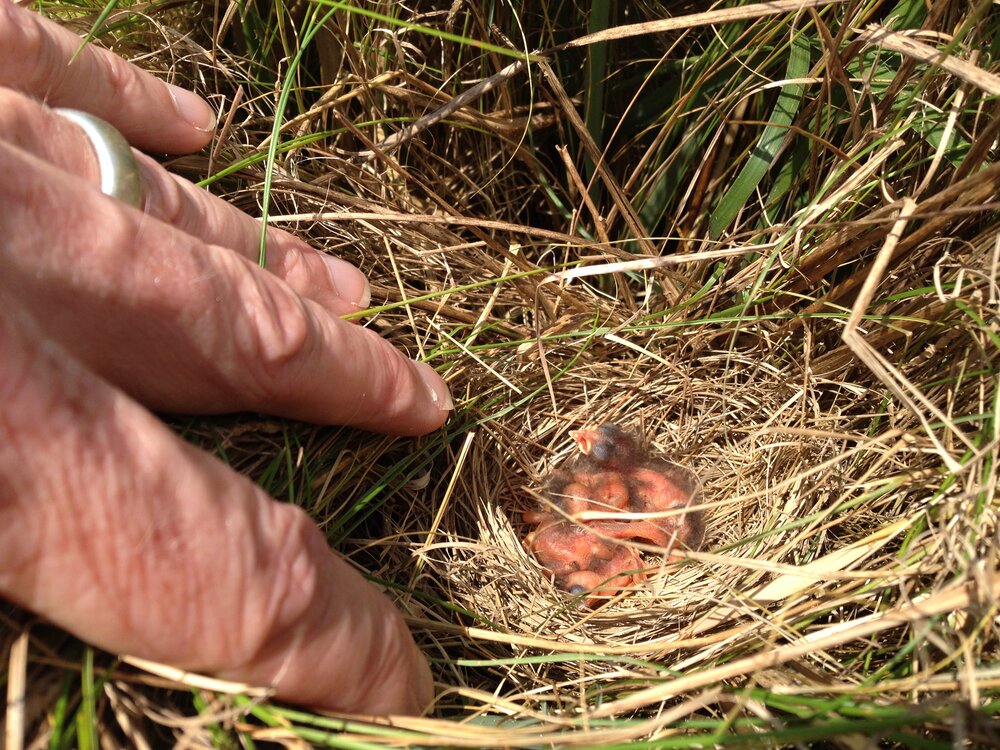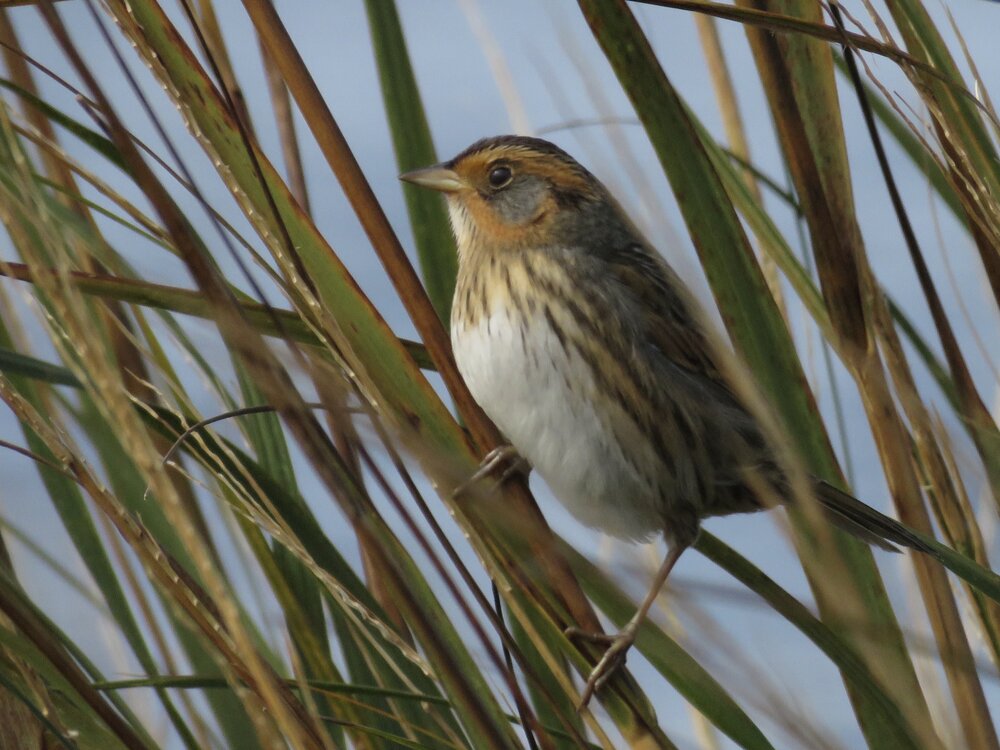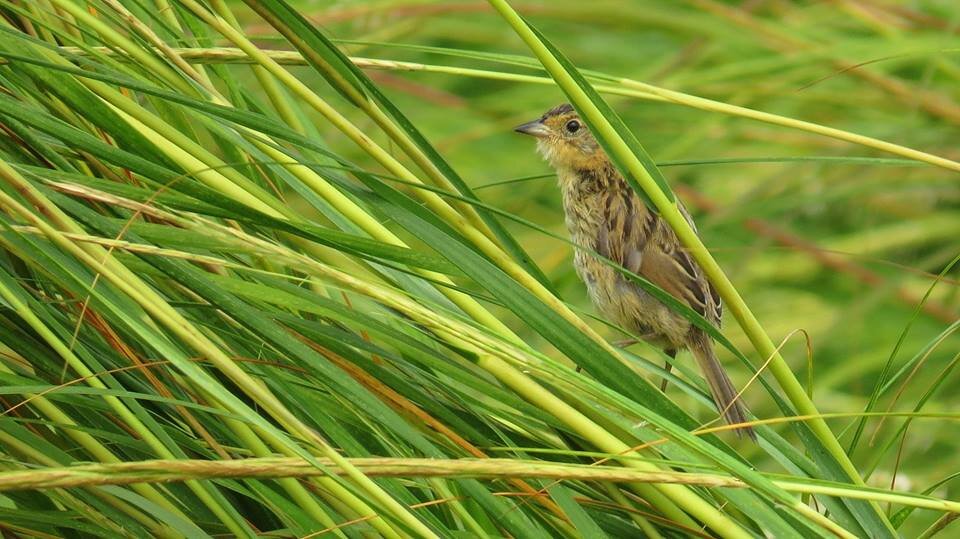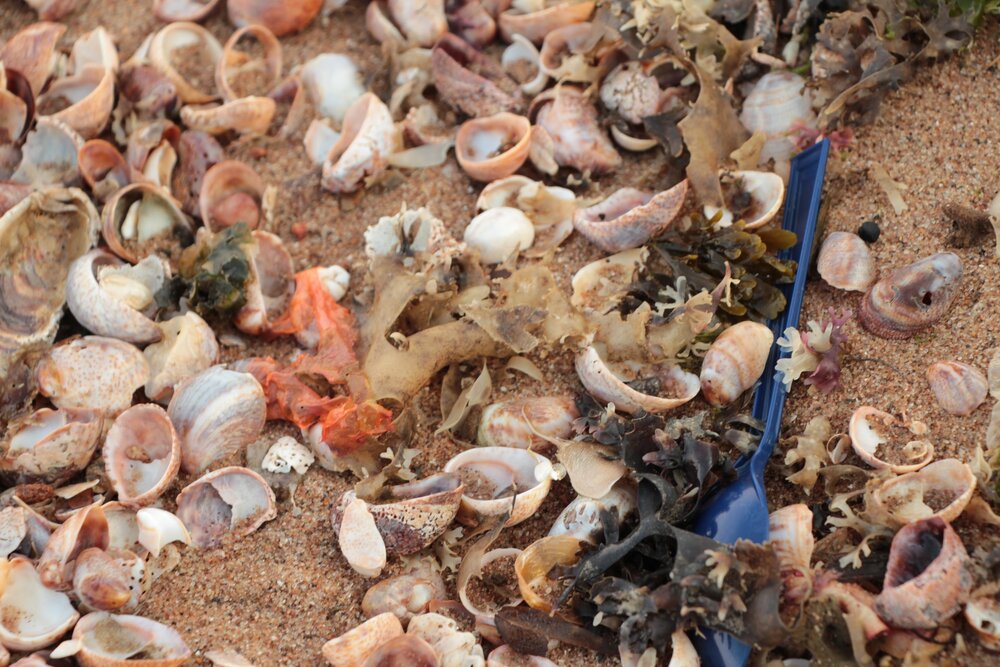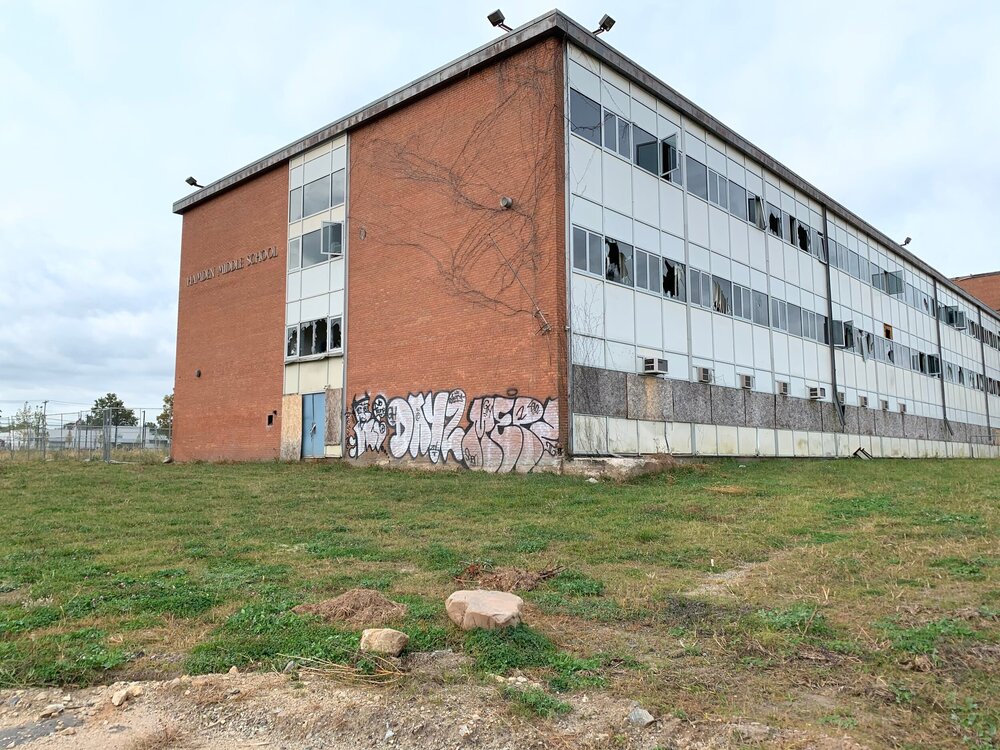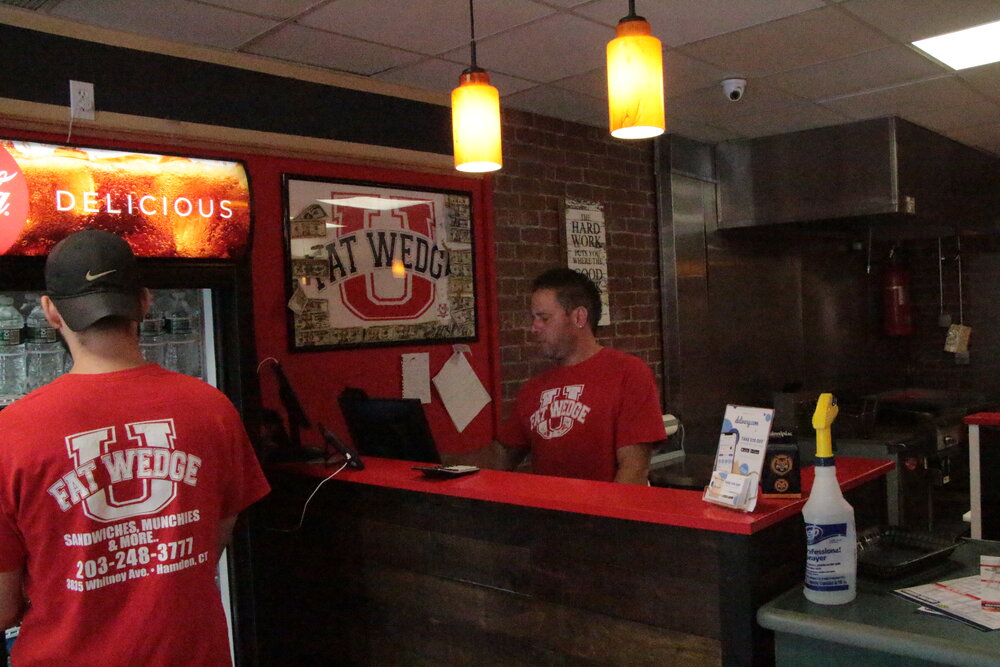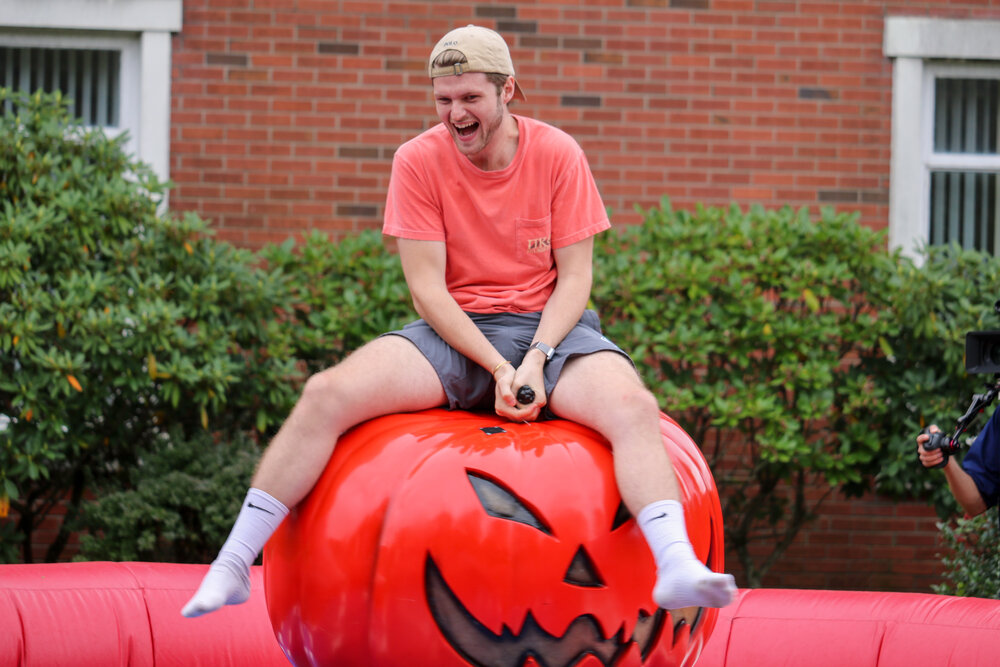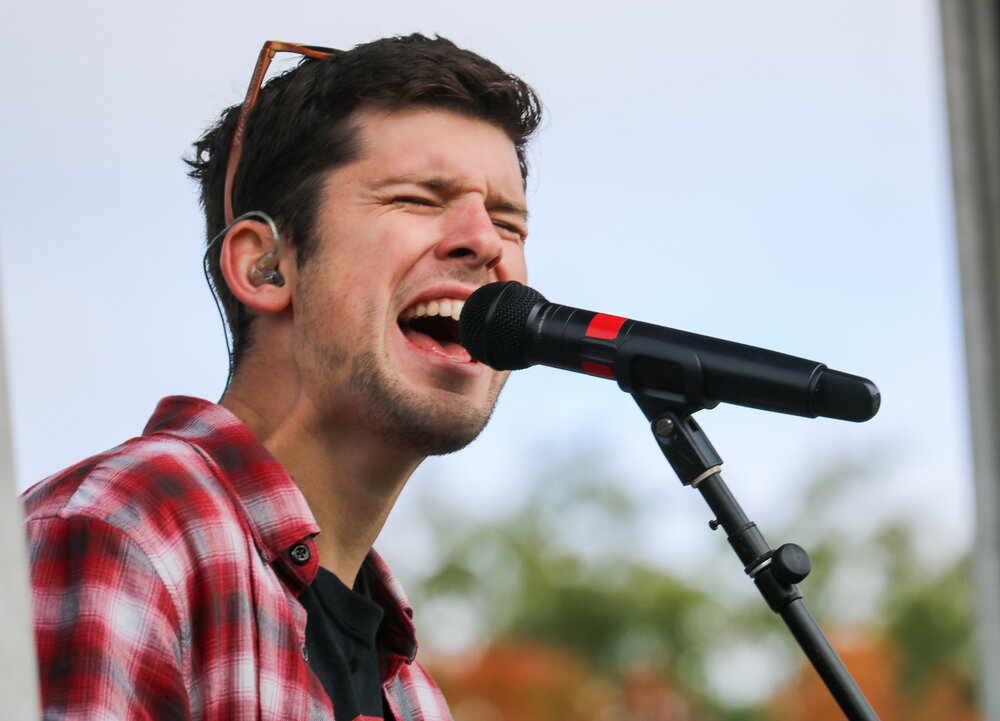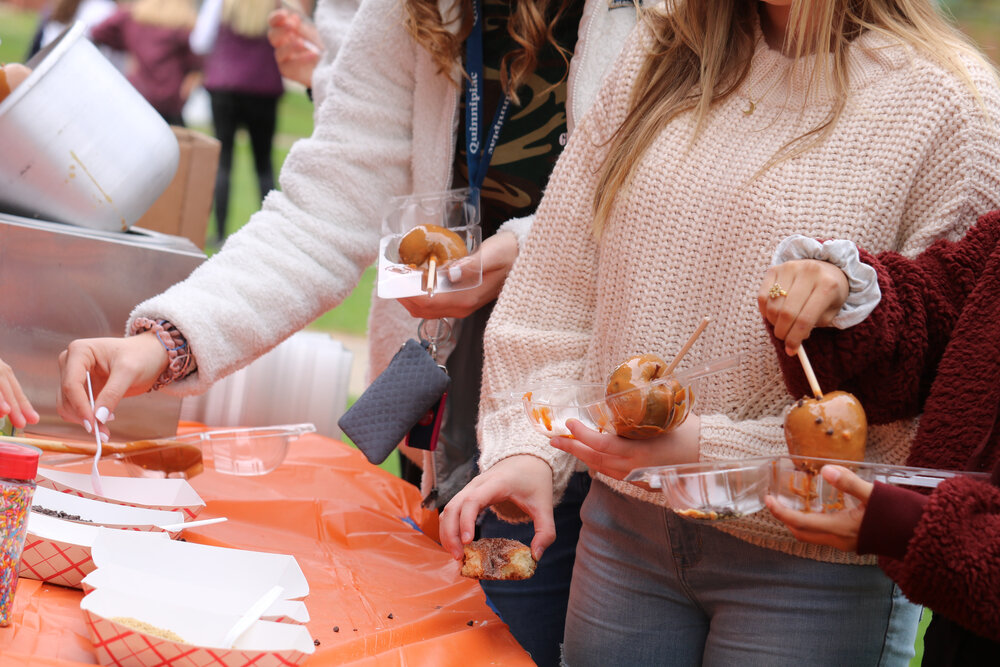The Quinnipiac University men’s and women’s soccer teams are brimming with international talent.
It’s all about the art of recruiting.
Coaches must win the international recruiting game off the field before they can hope to win the game on the field.
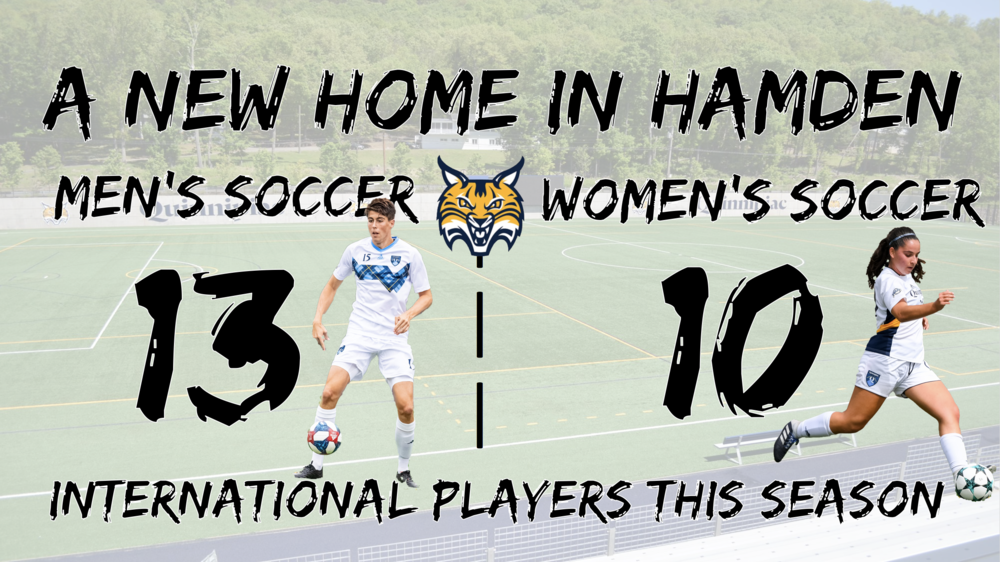
Eric Da Costa and Dave Clarke have 35 years of head coaching experience between them at Quinnipiac. Both coaches have globalized their recruiting tactics to remain competitive- and keep their jobs at the NCAA Division I school.
There’s comfort in your routine, job security, staff camaraderie and of course- the privilege to see all parts of the world on recruiting trips.
The global recruiting trips may seem glamorous from the outside, but Da Costa and Clarke see this as work, not tourism, and they spent much of their time shuttling between airports, soccer fields and hotels.
“I’ve seen airports, soccer fields, taxis, hotels, that’s about it. I haven’t really seen anything cool. I’ve been to France and I haven’t even seen the Eiffel Tower,” said Da Costa, coach of the men’s team at Quinnipiac.
“I’ve seen airports, soccer fields, taxis, hotels, that’s about it. I haven’t really seen anything cool. I’ve been to France and I haven’t even seen the Eiffel Tower.”
– Eric Da Costa
It all comes to fruition when foreign recruits show off the technique and habits they inherited from the philosophies of their home country. Some might call it special to watch international players blend their technique and precision with the physical prowess of their American counterparts.
In essence, that is a building block of college soccer.
But the journey to bring those talented athletes to Hamden is a sacrifice of time, effort and willpower.
And months on end of chasing one talent can lead you in another direction in an instant.
“I could find a player tomorrow and I could end up flying over there [to another country] Monday, meet with them Tuesday and fly back Wednesday,” said Clarke, coach of the women’s team at Quinnipiac.
When it comes to international recruiting, all American schools, specifically those at the mid major level, need to excel in all facets of selling a player on their school.
Da Costa and Clarke both outlined their versions of a “Quinnipiac recruit prototype”, but it cannot be a one-way street.

Whether it be strictly for soccer or an opportunity to live out the proverbial “American Dream,” every potential recruit has a story for wanting to bring their athletic career to the United States.
Conor McCoy, an Irish center back on the men’s soccer team, saw both of those features as the reason to take the first flight to New England.
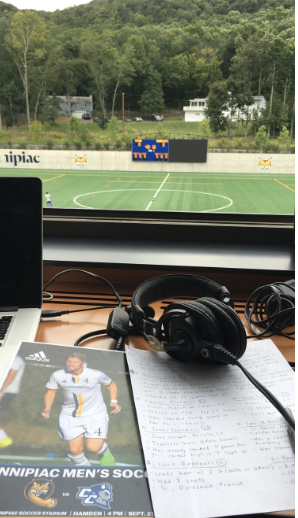
Conor McCoy (4) is featured on the cover of a men’s soccer media guide
“The whole dream of football and study, I think that was the real selling point,” said McCoy. “Both coaches [Eric Da Costa and Graciano Britto] sold it really well and this school is really great. I really wanted to get a degree out of it as well. I didn’t want to just finish playing football and whatever age and not have any future opportunities.”
International students can be sold on the quick train ride to Boston or New York City. They can be wooed by the impeccable facilities provided by the athletic department or the structured academic programs in place at the school.
But that potential student-athlete has to have the mentality they are putting everything on the line to be in Hamden.
“I want someone who wants to be at Quinnipiac, not because its an opportunity to play soccer or there’s a potential scholarship, or it’s an opportunity to come to the United States,” Da Costa said. “That means nothing to me. I want someone who wants to be at Quinnipiac University for all the right reasons. They want to play for me, they want to be a part of this program. They want to help continue to grow and help us continue to win.”
Midfielder Simon Hillinger spent time at the top youth levels in Germany. He’s featured for RB Leipzig, one of the best youth setups in Germany. When he started the recruiting process, Hillinger wanted to go somewhere where he would be known as a key player. As a young kid looking to travel across the world for four years, there is nothing wrong with that.
After a sea of meetings and contact from coaches, Hillinger knew what he wanted to go.
And it was waiting for him the whole time.
“I really felt like the coaches wanted me here,” Hillinger said. “Compared to other coaches I talked to, I always felt like the second choice. But with Brito and Da Costa I felt right away that they really wanted me and really me in their program.”
The quality is there to be signed in the men’s and women’s game. But in the case of the international player, the human element constantly trumps all else.
As Clarke puts it, you don’t need to instruct them on what they’ve been doing their whole lives. Once the player feels they belong in your program, it’s all about getting the foreign players acclimated as quickly as possible.
“You’re not teaching them about the game. They’ve got to learn U.S. culture, Quinnipiac culture, the MAAC and the physicality,” said Clarke. “But their soccer IQ is already in place. It allows us to play a different type of game.”
“You’re not teaching them about the game. They’ve got to learn U.S. culture, Quinnipiac culture, the MAAC and the physicality.”
– Dave Clarke
Rosie Weaver had aspirations of playing soccer in the United States ever since she was fifteen years old. The dream did not seem real until last November. Through an agency she paid over 700 pounds for, Weaver made herself available and eventually made the switch to Quinnipiac from storied club Birmingham City in England.
The freshman forward has enjoyed her time in Connecticut so far, but as Clarke alluded to, there are adaptations foreign players have to make to succeed at the college level.
“It’s hard getting used to training every day and having two matches a week,” Weaver said. “I only had to play one match a week at home.”
Although Weaver was an accomplished student in England who took ‘A’ level courses, the rigorous nature of a health sciences major is not a friendly match with a grueling training schedule.
“Academics are a lot heavier than I thought they would be. University in England is more about going out and dealing with your work second.”
For Henry Weigand, a center back from Germany, his goal of coming to the United States was to round out raw facets of his game and develop into a player who could feature in the top levels of his home nation.
The former u19 Bundesliga player is already seeing the benefits of coming to play for Da Costa on the pitch, as Weigand has led all outfield players in minutes. Away from the Quinnipiac Soccer & Lacrosse Stadium, he’s enjoyed the change of pace from his home country.
“It’s beautiful, it’s different. In Germany you have your campus and you have your buildings there and then you have your city, with the other side of the city,” said Weigand. “Students live on campus, they don’t live in one part of the city. It’s nice, everything is close.”
When it comes to Quinnipiac and the culture both teams are trying to develop, winning matters. And talent matters to that more than anything else.
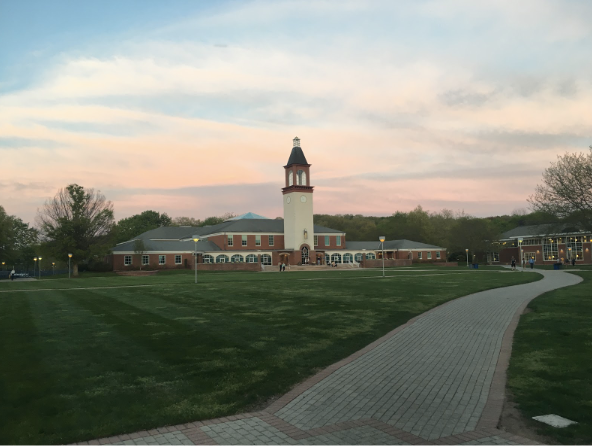
On that same thought, talent in this sport is sprinkled in every country all over the world. But what does that player value most in life? How does that player battle with their backs against the wall? Answers to questions phrased like this usually give Da Costa his answer.
“I like guys who have had to face some type of adversity in their life…the guys who have a unique story and have faced some adversity and have had some challenges, whether it may be loss of a parent or a divorce or whatever it is, those kids I can really relate to and they have a little bit more to give… those are really the type of people we want,” said Da Costa.
Players from across the planet fit in seamlessly with Quinnipiac for a multitude of reasons. That all starts from the beginning.
Before soccer comes into play, Raya Al-Wasti of International Student Services at Quinnipiac makes sure every athlete is ready off the field before they arrive in Hamden.
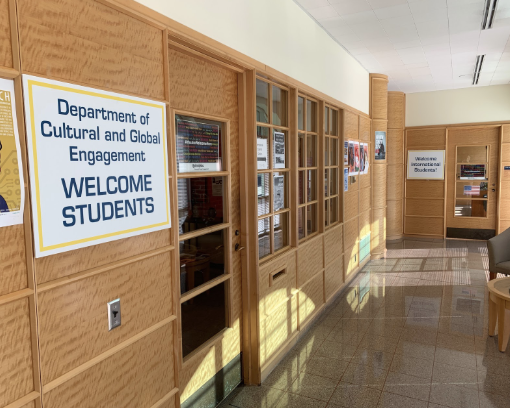
Raya Al-Wasti works out of this office space in the Center for Communications and Engineering
She is the point of contact for future Bobcats, but explains once players are settled, they tend to build relationships with their team from the start.
“When they come to school, you feel like they know exactly what to do because the coaches are so good,” Al-Wasti said. “Sometimes the contact between them and I will be through the coaches. We don’t have time with a lot of the training they have. If I need them to come to our office, I will reach out to the coaches.”
When push comes to shove, none of those steps can take place without the time taken from the start.
Sleepless nights sifting through hours of film.
Countless hours away from their families each year to recruit the best men and women that want to wear the blue and gold.
This all goes on behind the scenes. Results are mostly measured by the public based on what happens inside the spray painted white lines. Sacrifices are made when winning is everything.
But for Da Costa, recruiting is more than that. It matters more than the results. When the culture is in place, a family environment is cultivated.
“You walk into a brotherhood and a family and those comforts make it easy for you to play and perform,” said Da Costa. “That’s the hard part, that’s where we’re really fortunate to have so many guys that are able to help these guys make that adjustment.”


